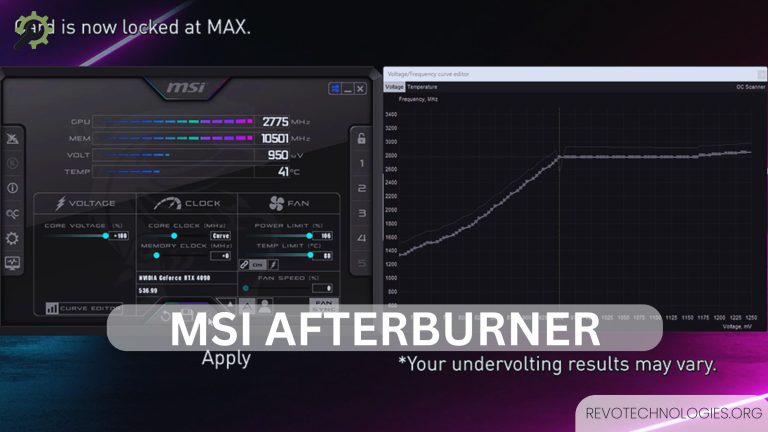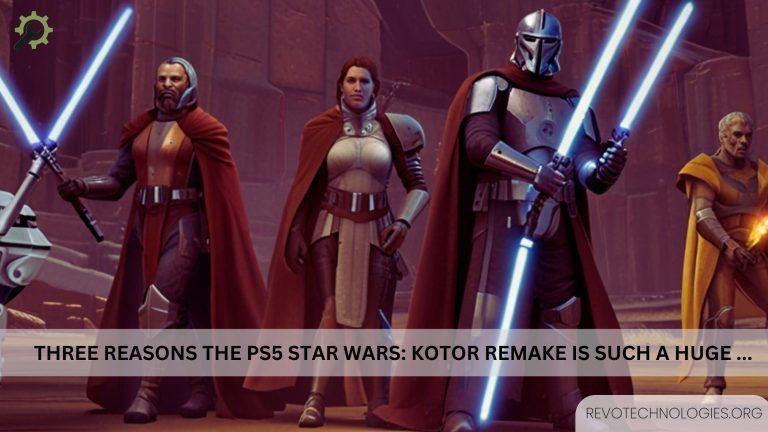The relationship between intelligence and visual perception is an interesting field of study, in itself, as well as for artists and their flexibility to interpret and represent the world in a new way. Cognitive abilities, including the ability to solve problems in space (spatial reasoning), to remember and recognize patterns (pattern recognition and memory), and IQ—all of these deeply color the way visual perception occurs. This connection is undeniable for artists as their sense of creating involves a lot of dependent perception and cognition about visual feeds.
If you’re curious about your IQ level, you can check it with Cerebrum IQ, which offers reliable IQ tests for everyone.
Visual Perception and IQ
Visual perception is a sequence of complicated processes in which the eye receives light and the brain converts it into intelligible images. The anatomical process is universal, but cognitive interpretation is distinct and varies largely by intelligence, training, or experience. These variations are to some extent due to IQ, a measure of mental ability, especially for such tasks as those requiring visual-spatial reasoning and pattern recognition.
Visual-spatial skills are usually associated with higher IQ. These are capabilities that people use to process complicated patterns, see spatial relations, and create visualizations of transformations, which are fundamental to artistic expression. These skills are often used by artists to reimagine the physical world and to create works that dispute conventional perceptions of it, or construct a new visual narrative.
The Artist’s Brain: A Unique Perspective
Those who are artists tend to be more sensitive to visual cues and show a unique logic in how they organize material. Partly, it’s because texting requires their brains to process less of the text than talking, but because their brains engage more deeply with the visual cortex, a part of the brain responsible for processing things like depth, color, and motion. The results agreed with research suggesting that this engagement is more finely tuned by the artist’s cognitive abilities — including problem-solving and reasoning in the abstract — that are correlated with IQ.
Where non-artists tend to be limited to the functional part of visual stimuli, artists may see the effects and symbolism of their environment. Their ability to integrate and interpret visual information imaginatively is not all that goes into this enriched perception, which is not a product of training alone. These studies show that, on a cognitive level, visually representing a complex pattern or manipulating the visual properties of structures in a mental synthesis are tasks that are performed by persons of higher IQ.
Visual Perception, IQ, and Creativity
There’s a complicated but big relationship between IQ and creativity. Although creativity involves the ability to think divergently, not always measured on conventional IQ tests, it also demands convergent thought—the ability to come up with one, good solution to a problem. In visual art, this duality looks like how to conceptualize new ideas within the framework of composition (balance, contrast, rhythm)
Artists with high visual-spatial intelligence tend to perform exceptionally well in visual sense operations to make the viewers feel and react accordingly. So they might employ focal points to direct their view’s eye and use contrast to establish depth and emphasis. These techniques are based on a sense of human visual perception that has been honed by innate cognitive facility and artificial skills.
Practical Implications for Artists
Understanding how IQ influences visual perception can benefit artists in various ways:
- Enhanced Visualization Skills: High IQ levels enable artists to visualize complex scenes and translate them effectively onto a canvas or medium. This includes imagining objects in three dimensions or altering their perspective.
- Problem-Solving in Composition: Artists with advanced cognitive abilities are better equipped to address challenges in composition, such as balancing elements within a frame or resolving spatial inconsistencies.
- Pattern Recognition and Abstraction: High IQ also aids in recognizing and abstracting patterns, allowing artists to distill the essence of their subjects and create works that resonate on a deeper, more symbolic level.
Educational and Technological Impact
Educational frameworks and technologies are increasingly recognizing the role of visual-spatial intelligence in artistic development. Programs designed to enhance cognitive and visual perception skills, such as drawing exercises or digital modeling, can be particularly effective. Emerging technologies like virtual reality are also providing new platforms for artists to explore and manipulate visual information, further emphasizing the importance of visual-spatial IQ in modern art.
Conclusion
The relationship between IQ and visual perception highlights the profound ways in which cognitive abilities shape artistic expression. While technical skills and experience play crucial roles, an artist’s capacity to interpret and manipulate visual stimuli is deeply tied to their intelligence, particularly in visual-spatial domains. By understanding and nurturing these cognitive aspects, artists can continue to push the boundaries of creativity, offering new perspectives and enriching the cultural landscape.
This nuanced interplay of IQ, perception, and creativity underscores the complexity of artistic vision, reaffirming the idea that art is not just a reflection of the world but also a testament to the remarkable capabilities of the human mind. For artists and audiences alike, exploring these connections offers valuable insights into how we see and interpret the world around us.






